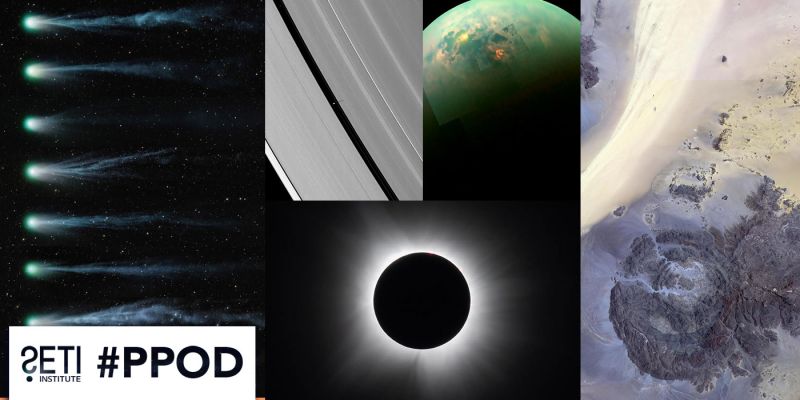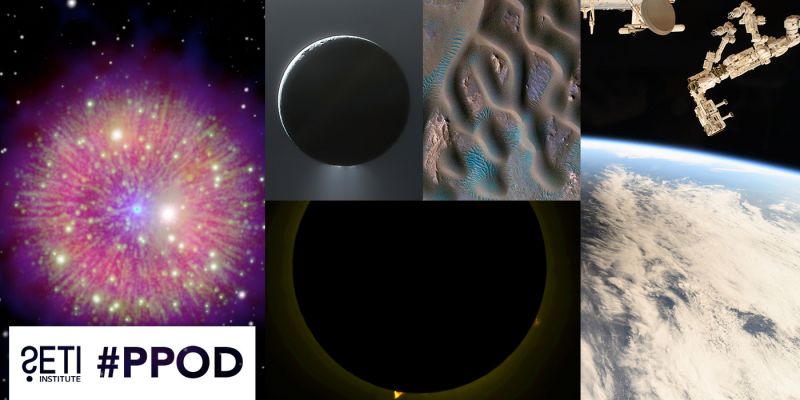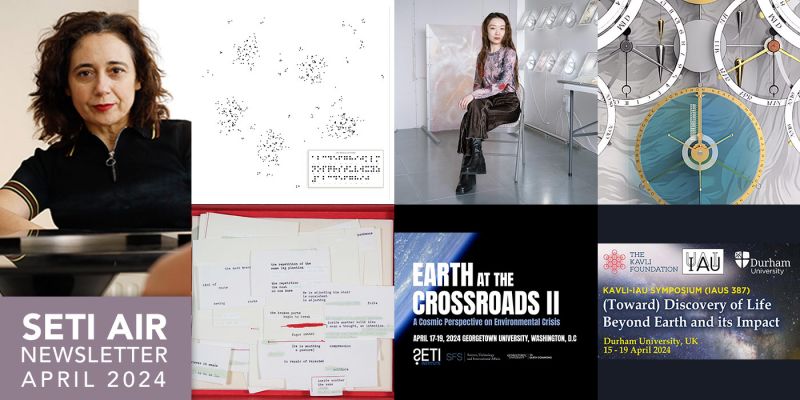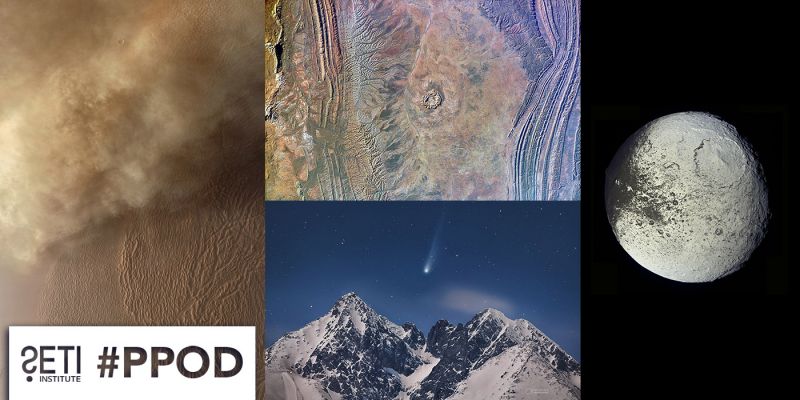
Traveling to the moon has its costs, and many future missions depend on harvesting lunar resources, such as ice for drinking, manufacturing fuel, and other materials. That ice may also contain important revelations for scientists about the moon’s formation and even how life emerged on Earth. Is there a conflict between mining the moon for resources and protecting it for scientific studies? As quoted in an article for Scientific American, John Rummel, a senior scientist at the SETI Institute and former NASA Planetary Protection Officer, sees the two goals as complementary:
“For their part, scientists view the many layers of polar ice as a record of past cometary and asteroidal impacts, shedding light on the long history of the Earth-moon system,” Rummel says. “But they need engineering expertise to be able to drill a core at 80 degrees Kelvin, which is quite cold.”
Conversely, Rummel says, “ice prospectors” will want to know what the ice is made of and whether it is of a high grade—that is, not too dusty or otherwise contaminated. “Some comets may have on the order of 5 percent cyanide in their cores,” he points out, “so lunar miners will have to be careful about product quality if they are going to sell it!”
The return to the moon will likely require shared efforts by all interests – commercial, government, and scientific – as well as safeguards formalized in international agreements to identify and protect sensitive areas.
- Scientific American: Science and Sustainability May Clash on the Moon
 Applying AI to Mysterious Deep Space Signals
Applying AI to Mysterious Deep Space SignalsThe cause of fast radio bursts (FRBs) – intense and brief bursts of radio waves first detected in 2007 – is unknown, although they are believed to originate outside our galaxy. Scientists believe they must come from a highly energetic source, though the nature of that source remains speculative. One possible explanation is that the signals are artificial in origin, although historically, extraterrestrials have often been credited for causing newly discovered phenomenon, until a natural explanation is found.
Breakthrough Listen, a project to search for intelligent extraterrestrial communications in the Universe, has put forth a method to detect FRBs using machine learning techniques. AI pattern recognition could be leveraged to analyze the data and pick out signals of interest to SETI research, as SETI Institute Senior Astronomer, Seth Shostak, highlighted in a recent article for Daily Galaxy:
“If AI could flag things that don’t look right or don’t look natural, that might be an interesting thing to do,” said Seth Shostak, a senior astronomer at the SETI Institute in California who was not involved in the Breakthrough Listen study.
Eventually, AI could do much more than just filter radio signals. Shostak speculates that AI could someday automatically search telescope images for unusual visual features that might represent huge alien megastructures from either existing or bygone civilizations.
 Funding Space Exploration, Without a Space Race
Funding Space Exploration, Without a Space Race50 years after the historic Apollo 11 mission to the moon, which marked a new age for humankind, the space race is long over. Space exploration is expensive, and such endeavors, present and future, face a constant uphill funding battle. Whether it’s putting humans on Mars or building groundbreaking telescopes, ambitious projects require financial backing and political support that often seems lacking – an unavoidable obstacle, according to some, in the absence of fierce competition. Commenting in an article by the Houston Chronicle, SETI Institute Senior Planetary Scientist Pascal Lee drew a contrast between the backing the Apollo missions received and today’s situation:
“The thing about Apollo is that because it was essentially a wartime effort, a lot of corners were cut … a lot of resources were poured into it,” said Pascal Lee, co-founder and chairman of the Mars Institute, a nonprofit headquartered at NASA’s Ames Research Center in California."
“With that level of support, we would be able to pull it off,” he said. “But we can’t do it with the current funding level.”
Does America need a foe in order to accomplish great things? Lee points to some historical context:
“This goes back to the history of exploring: Very little happens unless there’s a race,” Lee said. “People went to the North and South poles because there was a race. Even Chris Columbus got funded because it gave Spain a competitive edge. It was not for the cool factor, it was for the competition.”
Jim Bridenstine, the Administrator of NASA, has emphasized that while the space race is in the past, the future of space exploration will be cooperative rather than competitive: “The 1960s are over. It’s about international collaboration; it’s about American leadership.”
- Houston Chronicle: Future of space
In last week’s episode, DNA is no longer a fait accompli in an encore episode of DNA Is Not Destiny. On our previous week’s episode, Big Picture Science celebrates the 50th anniversary of the Apollo 11 mission in Nailing the Moon Landing.
Last time on Facebook Live, NASA Frontier Development Lab Exploration and Ideation principle Jonathan Knowles and the FDL Moon for Good team were interviewed. Videos of all past Facebook Live events can be found on our Facebook page: https://www.facebook.com/SETIInstitute/
- Asia Oceania Geosciences Society 16th Annual Meeting: July 28-August 2, Singapore Meng Jin will be giving a talk
- SETI at Macquarie University: August 5-12, Sydney, Australia Franck Marchis will participate in several events as part of National Science Week
- Astronomy Nights on Mount Tamalpais – Mission Mars: September 7, Mill Valley, CA Pascal Lee is the scheduled speaker
- Division for Planetary Sciences and European Planetary Sciences Congress Joint Meeting: September 15-20, Geneva, Switzerland Matthew Tiscareno, Mitchell Gordon, and Janice Bishop will be presenting





